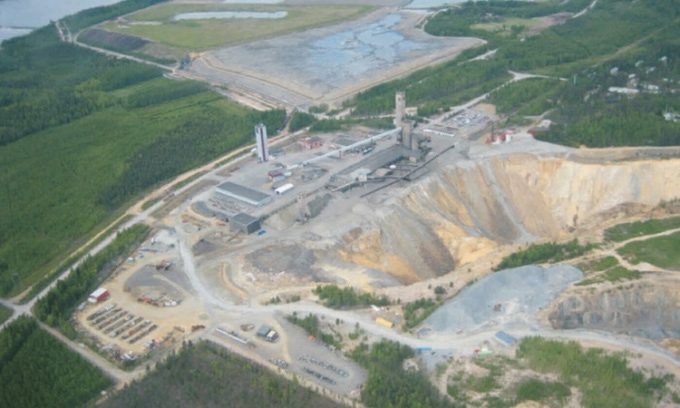The Pyhäsalmi mine in Finland is set to be repurposed for renewable energy storage and on-demand electricity supply to the grid.
Energy storage company Gravitricity from the UK will soon begin transforming the world’s deepest mine into the first gravity battery, reported Interesting Engineering on January 5. The Pyhäsalmi mine, which reaches a depth of 1,444 meters, is located in Pyhäjärvi, 450 kilometers north of Finland’s capital, Helsinki.

The Pyhäsalmi mine is the deepest mine in Europe. (Photo: Research Gate)
Owned by Canadian company First Quantum Minerals, the deepest mine in Europe supplies zinc and copper. It is also one of the largest employers in the region, providing 600 direct and indirect jobs. In August 2022, production at the mine ceased, prompting the community to explore various local initiatives.
Gravitricity, based in Edinburgh, UK, is developing Gravistore, a gravity-based system that can function as a battery to store excess energy from renewable sources. On sunny or windy days, when wind or solar farms produce more energy than needed, the system can lift weights placed in the decommissioned mine shaft to store energy. When demand increases, the weights can be lowered to release energy, with the winch acting as a generator. Depending on demand, the weights can release energy slowly or suddenly to meet energy needs. Gravitricity plans to use a 530-meter deep auxiliary shaft to construct a 2 MW prototype to demonstrate the technology. They are also exploring mining sites in other countries including the Czech Republic, Germany, and India.
Gravity-based energy storage systems have been tested in various forms and present a viable alternative to lithium-ion battery systems. Previously, a gravity energy storage project in Switzerland took 14 years to build and can power 900,000 households.
In comparison, Gravitricity’s solution utilizes existing infrastructure like deep mines, which can be repurposed after mining operations cease. This approach not only provides job opportunities in remote areas surrounding the mine but also offers storage characteristics similar to lithium-ion batteries. For instance, gravity batteries can switch from 0 to full power in less than a second. They also have a modular design, allowing customization based on local conditions and requirements.
This technology is significantly better than lithium-ion batteries in terms of efficiency and cost. Lithium-ion batteries often face issues with energy loss. The system is also cheaper to deploy and operate, without limitations on the number of cycles or years of energy storage.

















































